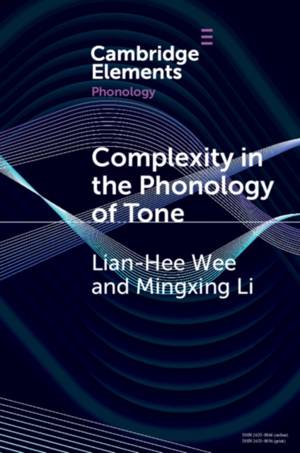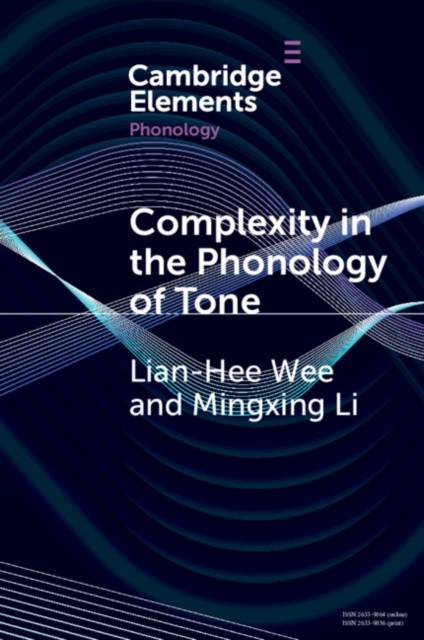
- Afhalen na 1 uur in een winkel met voorraad
- Gratis thuislevering in België vanaf € 30
- Ruim aanbod met 7 miljoen producten
- Afhalen na 1 uur in een winkel met voorraad
- Gratis thuislevering in België vanaf € 30
- Ruim aanbod met 7 miljoen producten
Zoeken
Omschrijving
The complexity of tone can only be appreciated through phonological patterning that unveils structures beyond differences in pitch heights and contour profiles. Following an introduction on tone's ability to express lexical and grammatical contrasts, Section 2 explains that phonetically, fundamental frequency profiles make for the best descriptors. From these descriptions, Section 3 explains how, through postulations of subatomic entities that comprise tones, a language's tone inventory can be quite symmetrical. In looking at tone's independence from the syllable and segments, Section 4 establishes tone as an autosegment. Sections 5, 6, and 7 go on to discuss a myriad of complexities where tones interact with one another and with other phonological entities. Here, the authors offer a suggestion on how some of these interactions can be captured within the same analytical umbrella. Section 8 then peeks into tone's phonological properties through music and poetry.
Specificaties
Betrokkenen
- Auteur(s):
- Uitgeverij:
Inhoud
- Aantal bladzijden:
- 75
- Taal:
- Engels
- Reeks:
Eigenschappen
- Productcode (EAN):
- 9781009078061
- Verschijningsdatum:
- 16/11/2023
- Uitvoering:
- Paperback
- Formaat:
- Trade paperback (VS)
- Afmetingen:
- 152 mm x 229 mm
- Gewicht:
- 140 g

Alleen bij Standaard Boekhandel
+ 63 punten op je klantenkaart van Standaard Boekhandel
Beoordelingen
We publiceren alleen reviews die voldoen aan de voorwaarden voor reviews. Bekijk onze voorwaarden voor reviews.











